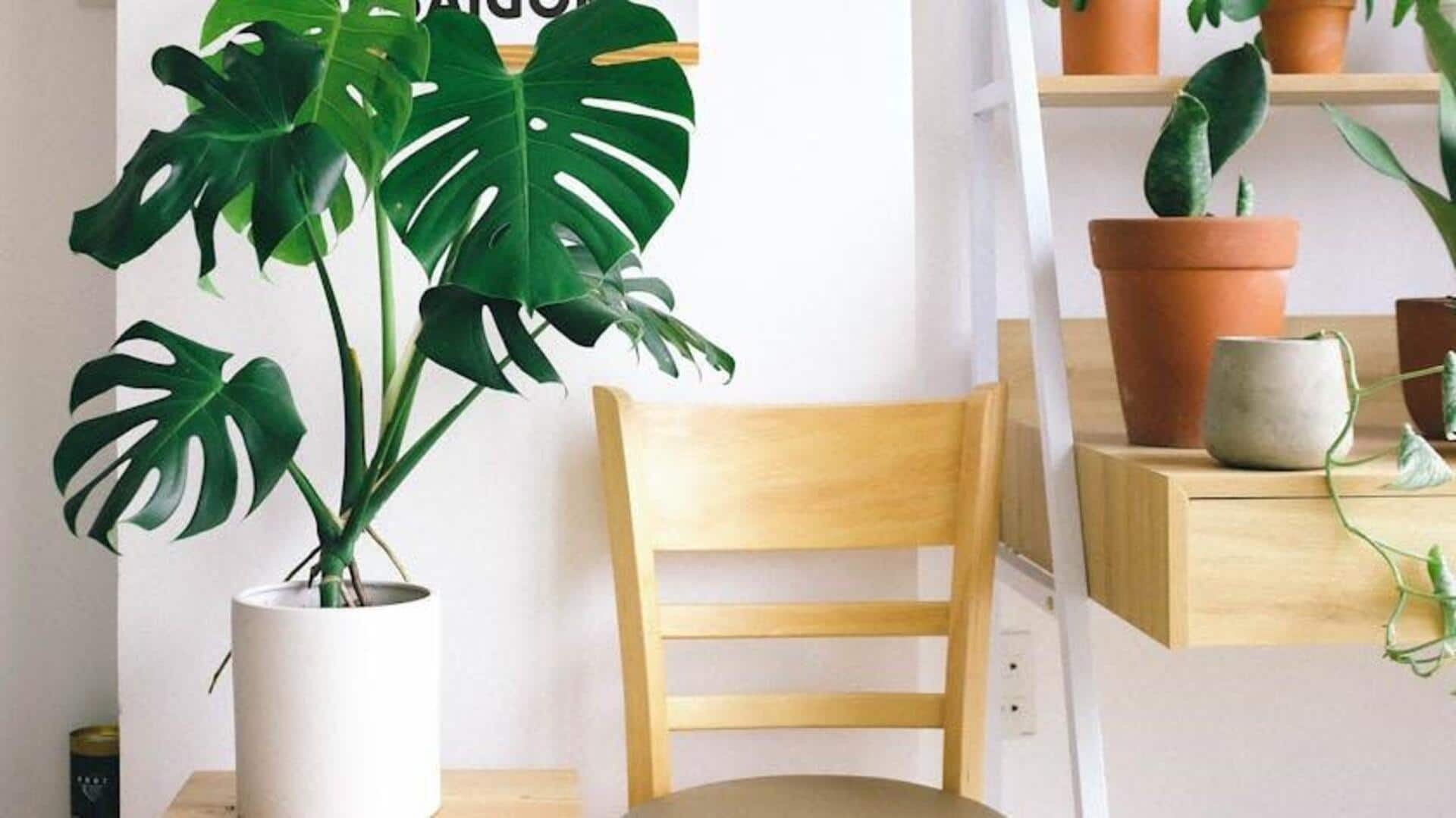
Plant arrangement, the zen way: 5 Japanese principles to follow
What's the story
Japanese zen principles provide a distinct way to design peaceful indoor plant arrangements. With their emphasis on simplicity, balance, and harmony, these principles can make any place a peaceful abode. Adopting these ideas into your house or workplace, you can set a soothing tone that inspires relaxation and mindfulness. Here are key insights into how you can use these age-old principles for peaceful indoor plant arrangements.
Tip 1
Embrace simplicity in design
Simplicity is what zen philosophy is all about. When bringing plants indoors, you can pick a select few types of plants, rather than overcrowding them with too many varieties. Not only does this minimize the visual clutter, but it also allows every plant to shine and be appreciated individually. Choose minimalist pots and containers to accentuate the plants' natural beauty, rather than take away from it.
Tip 2
Balance through asymmetry
Zen design also plays with asymmetry to bring balance into an arrangement. Rather than placing plants symmetrically, try arranging them at different heights or angles to create a harmonious look. This technique invites viewers to connect with the arrangement more intimately as their eyes glide naturally across the display, finding balance in its irregularity.
Tip 3
Incorporate natural elements
Incorporating natural elements like stones or wood can make your indoor plant arrangements more zen-like. They provide texture and depth without deviating from an organic feel that zen aesthetics call for. Use pebbles around potted plants or wooden trays as bases for your arrangements, to bring nature in from the outdoors seamlessly.
Tip 4
Focus on negative space
Negative space, a cornerstone of zen-inspired design, is key to tranquil indoor plant arrangements. By mindfully leaving empty spaces between plants, you let every element breathe and stand out without overwhelming the viewer. This focus on negative space not only makes your arrangement more aesthetic but also nurtures an environment of mindfulness and contemplation. It invites a serene and thoughtful engagement with your space.
Tip 5
Mindful placement for harmony
The placement of your indoor plant arrangements should contribute to the harmony of the room's overall layout. Keep light sources, furniture positioning, traffic flow, etc. in mind while deciding where to place each arrangement. Thoughtful placement makes sure that both the plants' needs are met while the room's ambiance is further enhanced.